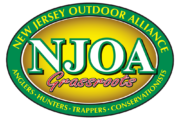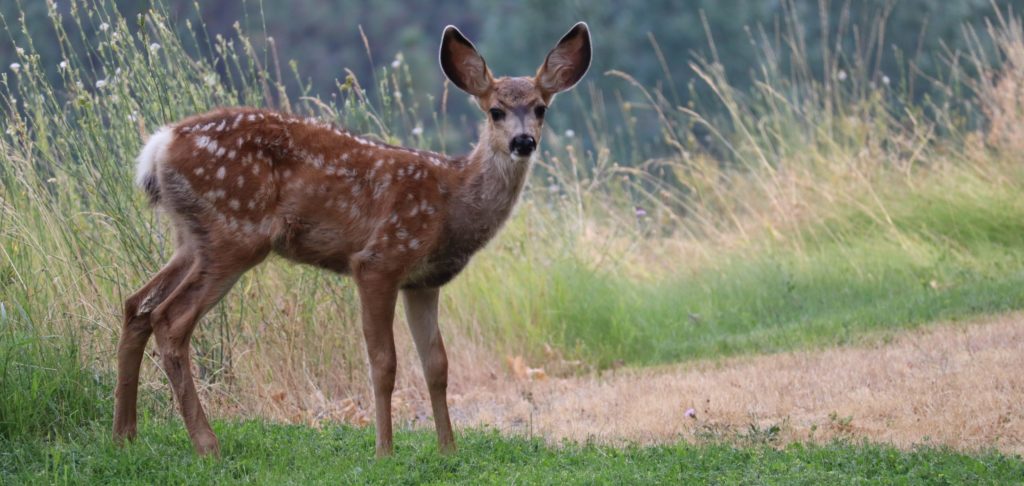Shortly after the founding of the NJOA in 2007 and fresh off our success in defeating anti-hunting legislators Senator Kartcher and Assemblyman Panter we embarked on the task of having the law changed to allow bow hunting on Sundays. The misinformation and dooms day cry that went up from the animal rights/anti-hunting community was amazing. Somehow whenever they were quoted, science and facts never entered the conversation.
In 2009, after two attempts, working with Senators Stephen Sweeney, Stephen Oroho , Bob Smith and Assemblyman John Burzichelli, we were able to convince the entire legislature, that science trumped emotion and S-802 and A-1669 allowing bow hunting on Sundays were passed and signed into law. The hope was that the passage of this law would allow wildlife managers to increase the harvest of deer and control a population that was rapidly expanding. Armed with the popularity of Sunday bow hunting and the total lack of hunter non-hunter conflicts we explored other areas of the wildlife laws that could be modified to allow for an increased deer harvest.
It was obvious that hard to reach deer populations that were in urban and suburban settings, such as county and municipal parks, golf courses and small private holdings were excluded from being hunted by the 450’ regulation. After examination of all of the statistics involving bows to harvest deer it was determined that by reducing the safety zone for bow hunting from 450’ to 150’ would allow access to these problem areas while not putting the public at risk. In 2010 with the help of the same legislators, S-976 and A-595 were passed and signed into law allowing for the safety zone reduction from 450’ to 150’ for bow hunting. We can now look back at over 10 years of Sunday bow hunting and the 450’ reduction to see if it works and if science has prevailed.
- In ten plus years there has not been a single reported negative interaction between a hunter and a non-hunter.
- There were no bow hunting accidents resulting from either Sunday hunting or the safety zone reduction since the laws were passed.
- Currently between 14 % and 16% of the total bow harvest takes place on Sundays.
- In 2009 there were 40,089 bow hunting licenses sold. In 2020, 45,814 licenses were sold, a 14% increase in license sales.
- In 2008/09 archery accounted for 39% of the total State deer harvest, in 2020/21 it accounted for 64%.
- The safety zone reduction allowed 25 farmers to use crossbows to control deer where firearms were not allowed due to safety zone constraints caused by development encroaching on their farms.
- Municipalities and Counties have taken advantage of the safety zone reduction to partner with hunters to harvest problem deer populations. An example of this is Union County Parks Department deer herd reduction plan. Utilizing the NJOA prescribed safety zone reduction, Union County and a limited number of municipals developed a program to allow for the harvest of deer populations that before the safety zone reduction to 150’ could not have been possible. The program has exceeded all expectations and could be used by any Counties that are experiencing similar deer problems
- A total of 20 select County and Municipal parks and properties are now participating in the Union County Parks Deer Reduction Program (UCDHRP).
- A total of 60 qualified and insured hunt agents will be taking part in the 2021/22 program.
- Union County entered into a shared services agreement for deer herd reductions with governing bodies in Linden, Summit, Westfield and Plainfield.
- There were no reported safety incidents throughout the UCDHRP hunt season.
- 270 deer were safely removed from county and municipal properties during the 2020/21 program.
- The approved budget for the 2020/21 program was $20,815.00 with an actual expenditure of $14,250.00. These costs were for program feed corn and donated deer butchering fees
- 126 deer were donated by the hunters and processed by the county contracted USDA certified butcher. This amounted to 3,328 pounds of processed venison that was delivered to food insecure county residents through the Community FoodBank of New Jersey
- Approximately 13,312 meals were provided from the venison donations to feed families that the Community FoodBank services.
In Conclusion:
I ask one simple question. Did the passage of these two science-based bills dealing with the management of deer in New Jersey have a positive effect and give managers two much needed tools?
If it works in Union County it will work anywhere!
Edward Markowski
New Jersey Outdoor Alliance

